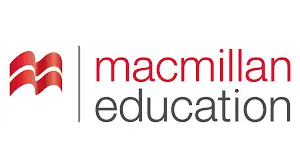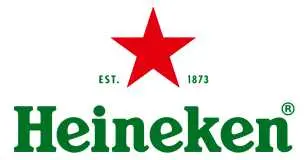
Vitreoretinal Devices Market Share, Demand and Trends 2034
Vitreoretinal Surgery Devices Market Size – By Product, By Surgery Type, By Application, By End Use- Regional Outlook, Competitive Strategies and Segment Forecast to 2034
| Published: Jun-2025 | Report ID: MEDE2528 | Pages: 1 - 225 | Formats*: |
| Category : Medical Devices | |||


- In June 2024, Alcon has announced that its UNITY Vitreoretinal Cataract System (VCS) and UNITY Cataract System (CS) have received clearance from the FDA and will be accessible in the United States. This advancement will enhance its product lineup and strengthen its footprint in the market.
- In December 2023, Carl Zeiss Meditec AG has revealed that it has reached an agreement to acquire all shares of the Dutch Ophthalmic Research Center (International) B. V. (D. O. R. C.) from the French investment firm, Eurazeo SE. This strategic move will enable Zeiss to significantly broaden its portfolio and further solidify its position in the industry.
| Report Metric | Details |
| Market size available for years | 2021-2034 |
| Base year considered | 2024 |
| Forecast period | 2025-2034 |
| Segments covered | By Product, By Surgery Type, By Application, By End Use |
| Regions covered | North America, Latin America, Asia-Pacific, Europe, and Middle East & Africa |
| Companies Covered | Alcon, Bausch + Lomb, BVI, Carl Zeiss Meditec, CooperVision, Designs for Vision, HOYA Surgical Optics, MedOne, OCULUS, Oertli. |
- Global Vitreoretinal Surgery Devices Market Size (FY’2021-FY’2034)
- Overview of Global Vitreoretinal Surgery Devices Market
- Segmentation of Global Vitreoretinal Surgery Devices Market by Product (Photocoagulation lasers, Vitrectomy machines, Vitrectomy probes, Illumination devices, other products.)
- Segmentation of Global Vitreoretinal Surgery Devices Market by Surgery (Posterior vitreoretinal surgery, Anterior vitreoretinal surgery.)
- Segmentation of Global Vitreoretinal Surgery Devices Market by Application (Diabetic retinopathy, Retinal detachment, Macular degeneration, other applications.)
- Segmentation of Global Vitreoretinal Surgery Devices Market by End Use (Hospitals, Ophthalmic clinics, Ambulatory surgery centers, other end users.)
- Statistical Snap of Global Vitreoretinal Surgery Devices Market
- Expansion Analysis of Global Vitreoretinal Surgery Devices Market
- Problems and Obstacles in Global Vitreoretinal Surgery Devices Market
- Competitive Landscape in the Global Vitreoretinal Surgery Devices Market
- Details on Current Investment in Global Vitreoretinal Surgery Devices Market
- Competitive Analysis of Global Vitreoretinal Surgery Devices Market
- Prominent Players in the Global Vitreoretinal Surgery Devices Market
- SWOT Analysis of Global Vitreoretinal Surgery Devices Market
- Global Vitreoretinal Surgery Devices is Market Future Outlook and Projections (FY’2021-FY’2034)
- Recommendations from Analyst
- 1.1. Scope of the report
- 1.2. Market segment analysis
- 2.1. Research data source
- 2.1.1. Secondary Data
- 2.1.2. Primary Data
- 2.1.3. SPERs internal database
- 2.1.4. Premium insight from KOLs
- 2.2. Market size estimation
- 2.2.1. Top-down and Bottom-up approach
- 2.3. Data triangulation
- 4.1. Driver, Restraint, Opportunity and Challenges analysis
- 4.1.1. Drivers
- 4.1.2. Restraints
- 4.1.3. Opportunities
- 4.1.4. Challenges
- 5.1. SWOT Analysis
- 5.1.1. Strengths
- 5.1.2. Weaknesses
- 5.1.3. Opportunities
- 5.1.4. Threats
- 5.2. PESTEL Analysis
- 5.2.1. Political Landscape
- 5.2.2. Economic Landscape
- 5.2.3. Social Landscape
- 5.2.4. Technological Landscape
- 5.2.5. Environmental Landscape
- 5.2.6.Legal Landscape
- 5.3. PORTERs Five Forces
- 5.3.1. Bargaining power of suppliers
- 5.3.2. Bargaining power of buyers
- 5.3.3. Threat of Substitute
- 5.3.4. Threat of new entrant
- 5.3.5. Competitive rivalry
- 5.4. Heat Map Analysis
- 6.1 .Global Vitreoretinal Surgery Devices Market Manufacturing Base Distribution, Sales Area, Interface Type
- 6.2. Mergers & Acquisitions, Partnerships, Interface Launch, and Collaboration in Global Vitreoretinal Surgery Devices Market
- 7.1. Vitreoretinal packs
- 7.2. Photocoagulation lasers
- 7.3. Vitrectomy machines
- 7.4. Vitrectomy probes
- 7.5. Illumination devices
- 7.6. Other products
- 8.1. Posterior vitreoretinal surgery
- 8.2. Anterior vitreoretinal surgery
- 9.1. Diabetic retinopathy
- 9.2. Retinal detachment
- 9.3. Macular degeneration
- 9.4. Other applications
- 10.1. Hospitals
- 10.2. Ophthalmic clinics
- 10.3. Ambulatory surgery centers
- 10.4. Other end users
- 11.1. Global Vitreoretinal Surgery Devices Market Size and Market Share
- 12.1. Asia-Pacific
- 12.1.1. Australia
- 12.1.2. China
- 12.1.3. India
- 12.1.4. Japan
- 12.1.5. South Korea
- 12.1.6. Rest of Asia-Pacific
- 12.2. Europe
- 12.2.1. France
- 12.2.2. Germany
- 12.2.3. Italy
- 12.2.4. Spain
- 12.2.5. United Kingdom
- 12.2.6. Rest of Europe
- 12.3. Middle East and Africa
- 12.3.1. Kingdom of Saudi Arabia
- 12.3.2. United Arab Emirates
- 12.3.3. Qatar
- 12.3.4. South Africa
- 12.3.5. Egypt
- 12.3.6. Morocco
- 12.3.7. Nigeria
- 12.3.8. Rest of Middle-East and Africa
- 12.4. North America
- 12.4.1. Canada
- 12.4.2. Mexico
- 12.4.3. United States
- 12.5. Latin America
- 12.5.1. Argentina
- 12.5.2. Brazil
- 12.5.3. Rest of Latin America
- 13.1. Alcon
- 13.1.1. Company details
- 13.1.2. Financial outlook
- 13.1.3. Interface summary
- 13.1.4. Recent developments
- 13.2. Bausch + Lomb
- 13.2.1. Company details
- 13.2.2. Financial outlook
- 13.2.3. Interface summary
- 13.2.4. Recent developments
- 13.3. BVI
- 13.3.1. Company details
- 13.3.2. Financial outlook
- 13.3.3. Interface summary
- 13.3.4. Recent developments
- 13.4. Carl Zeiss Meditec
- 13.4.1. Company details
- 13.4.2. Financial outlook
- 13.4.3. Interface summary
- 13.4.4. Recent developments
- 13.5. CooperVision
- 13.5.1. Company details
- 13.5.2.Financial outlook
- 13.5.3. Interface summary
- 13.5.4. Recent developments
- 13.6. Designs for Vision
- 13.6.1. Company details
- 13.6.2. Financial outlook
- 13.6.3. Interface summary
- 13.6.4. Recent developments
- 13.7. HOYA Surgical Optics
- 13.7.1. Company details
- 13.7.2. Financial outlook
- 13.7.3. Interface summary
- 13.7.4. Recent developments
- 13.8. MedOne
- 13.8.1. Company details
- 13.8.2. Financial outlook
- 13.8.3. Interface summary
- 13.8.4. Recent developments
- 13.9. OCULUS
- 13.9.1. Company details
- 13.9.2. Financial outlook
- 13.9.3. Interface summary
- 13.9.4. Recent developments
- 13.10. Oertli
- 13.10.1. Company details
- 13.10.2. Financial outlook
- 13.10.3. Interface summary
- 13.10.4. Recent developments
- 13.11. Others
SPER Market Research’s methodology uses great emphasis on primary research to ensure that the market intelligence insights are up to date, reliable and accurate. Primary interviews are done with players involved in each phase of a supply chain to analyze the market forecasting. The secondary research method is used to help you fully understand how the future markets and the spending patterns look likes.
The report is based on in-depth qualitative and quantitative analysis of the Product Market. The quantitative analysis involves the application of various projection and sampling techniques. The qualitative analysis involves primary interviews, surveys, and vendor briefings. The data gathered as a result of these processes are validated through experts opinion. Our research methodology entails an ideal mixture of primary and secondary initiatives.
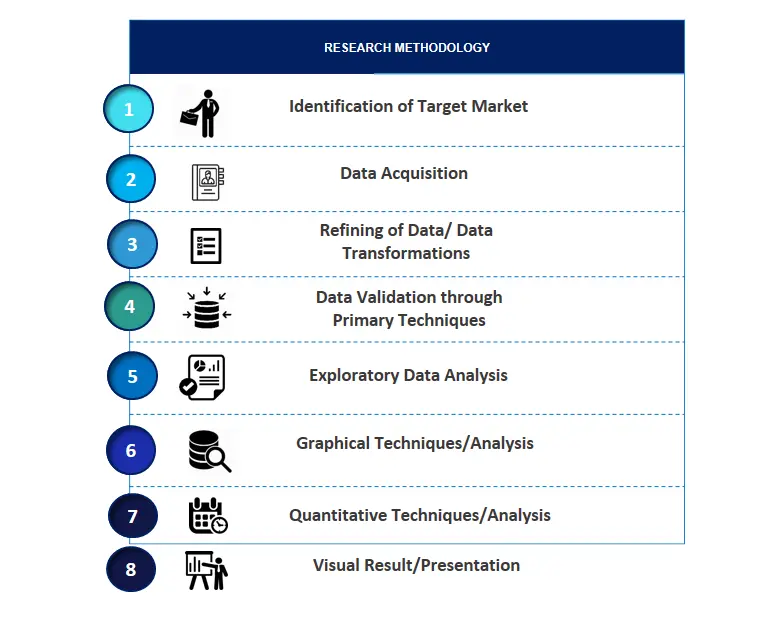
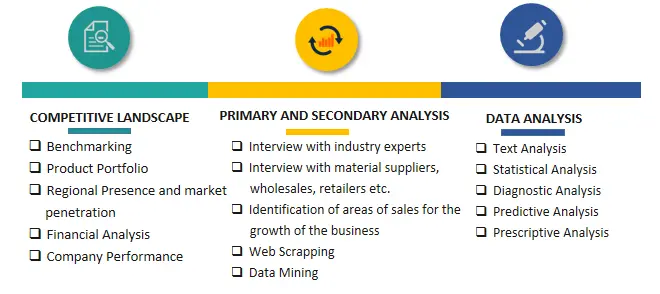

Frequently Asked Questions About This Report
PLACE AN ORDER
Year End Discount
Sample Report
Pre-Purchase Inquiry
NEED CUSTOMIZATION?
Request CustomizationCALL OR EMAIL US
100% Secure Payment

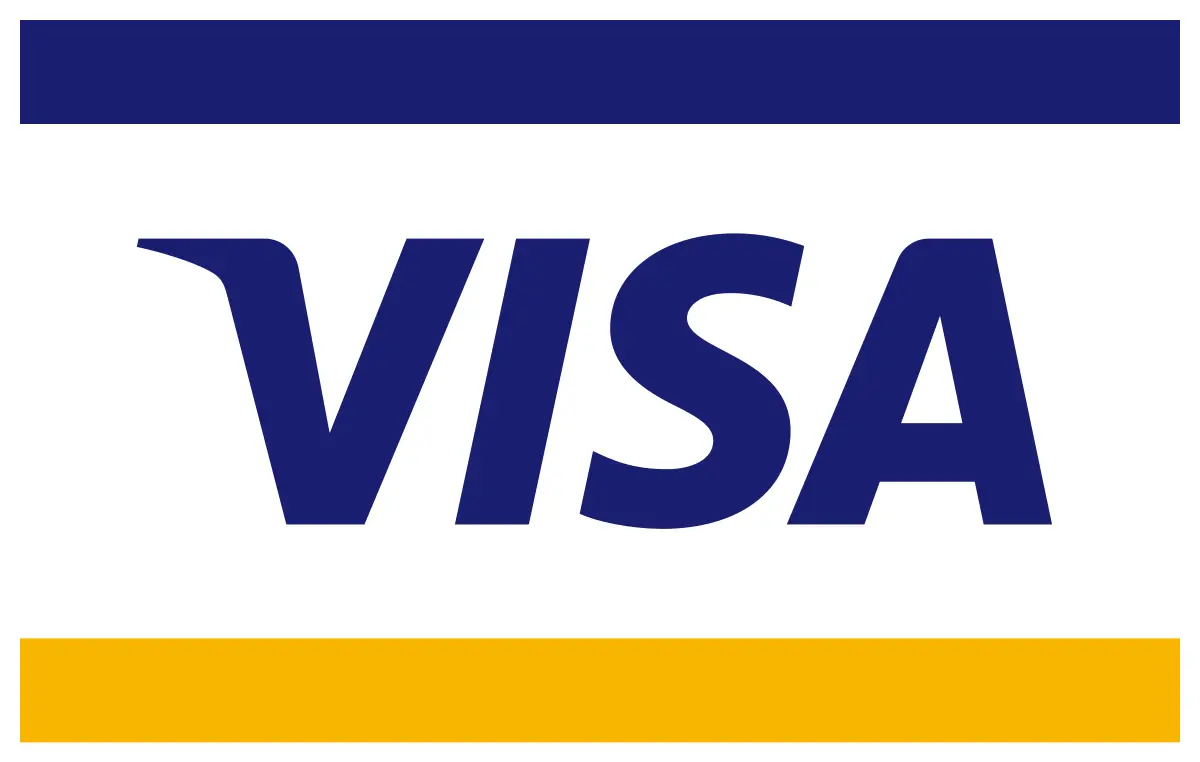




Related Reports
Our Global Clients
Our data-driven insights have influenced the strategy of 200+ reputed companies across the globe.













